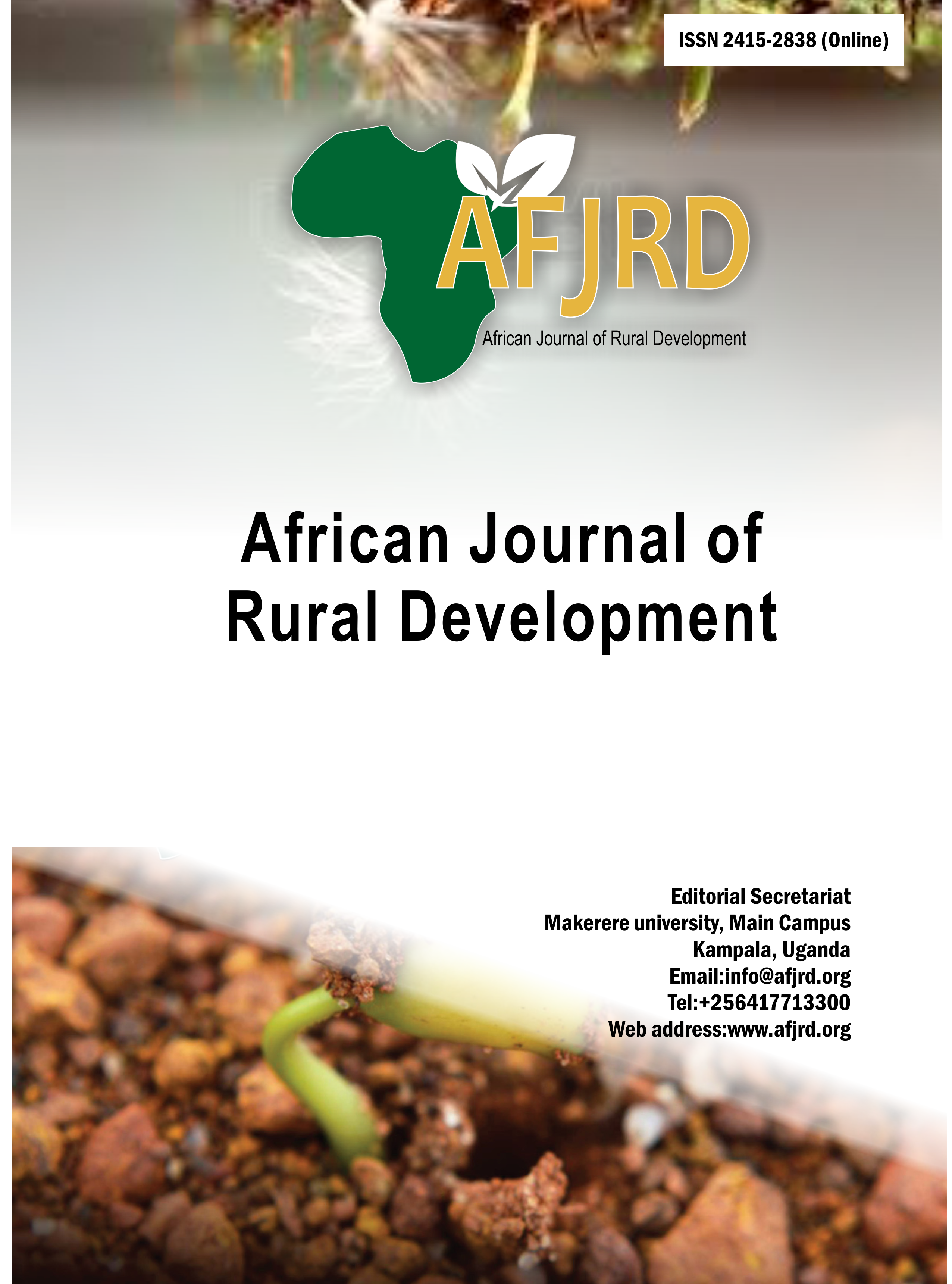One Health Review of Carbapenem-Resistant Enterobacterales in the Tropical East Africa to West Asia Belt
Main Article Content
Abstract
Carbapenem-resistant Enterobacterales (CRE) have emerged and spread globally throughout human, animal, and environmental contexts. They are of urgent concern in healthcare settings and are associated with significant morbidity and mortality. Ecological dissemination of CRE occurs globally, and one contributing factor is environmental contamination with residues from human, veterinary, and agricultural use of antimicrobials. High rates of antimicrobial resistance have been documented in the tropical belt of East Africa and West Asia, yet this region remains understudied in terms of coordinated One Health surveillance and response to CRE. This review synthesized data from peer-reviewed articles published between 2013 and 2025 to assess the occurrence, transmission, and control of CRE across the tropical belt from East Africa to West Asia. The most prevalent CRE species were Klebsiella pneumoniae and Escherichia coli among drug-resistant bacteria sourced from humans, animals, and the environment. The reported prevalence of CRE varied greatly but in some contexts was nearly 70%, with many isolates carrying carbapenemase genes such as blaIMP and blaVIM in this tropical belt. Rising ESBL and carbapenem-resistant bacteria in East Africa and West Asia underscore the urgency for international collaboration, regulation, and data sharing to inform effective strategies and interventions against antimicrobial resistance.
Keywords: Carbapenem-Resistant Enterobacterales, East Africa, One Health, West Asia
Article Details

This work is licensed under a Creative Commons Attribution 4.0 International License.
